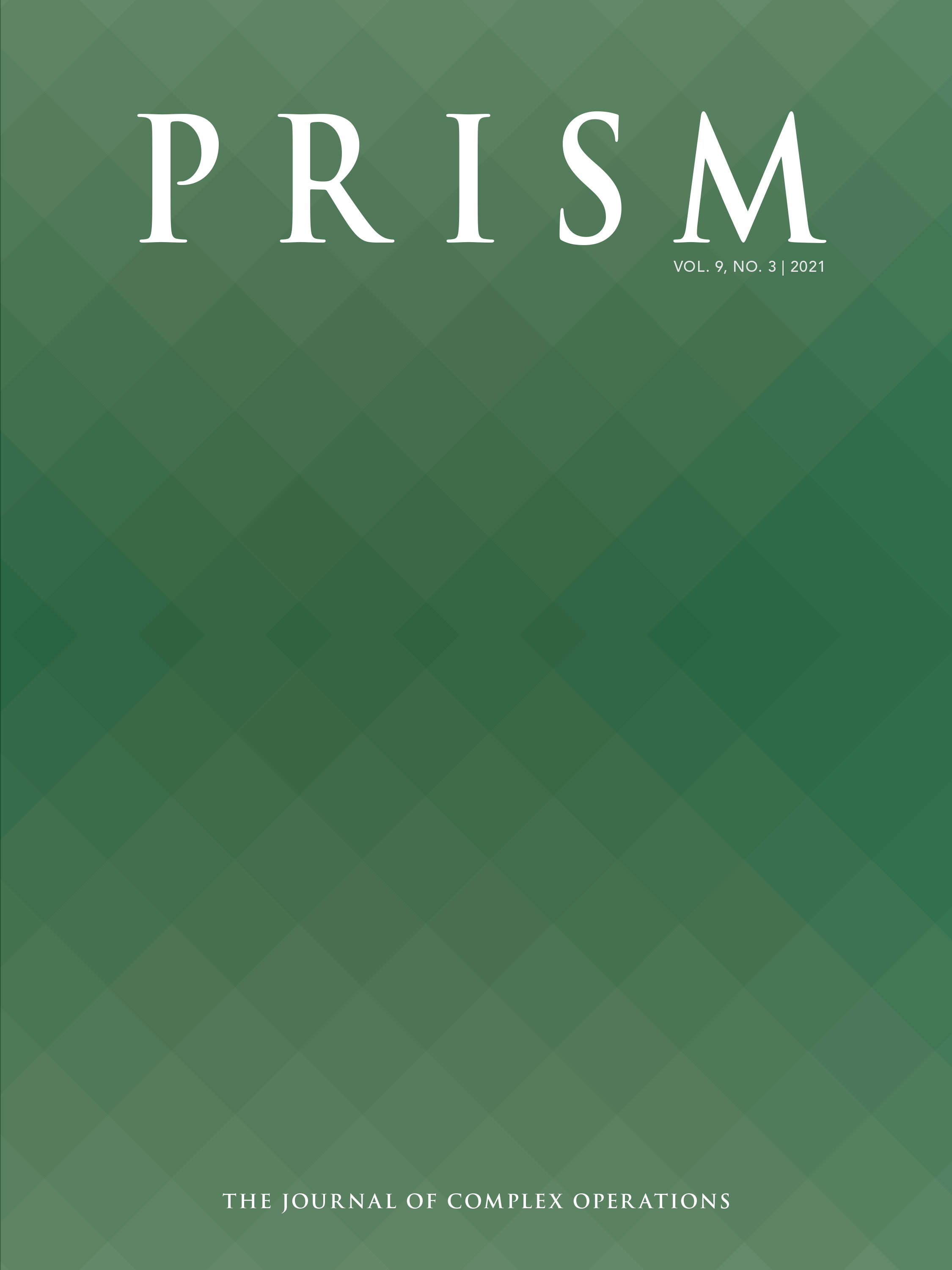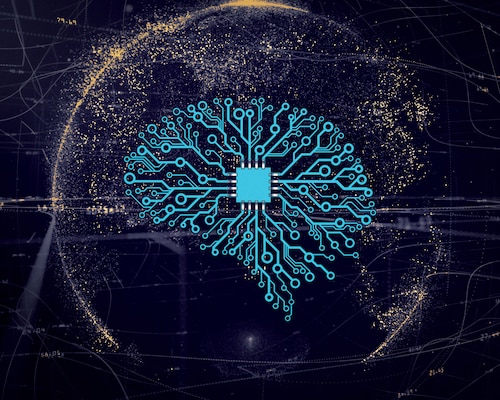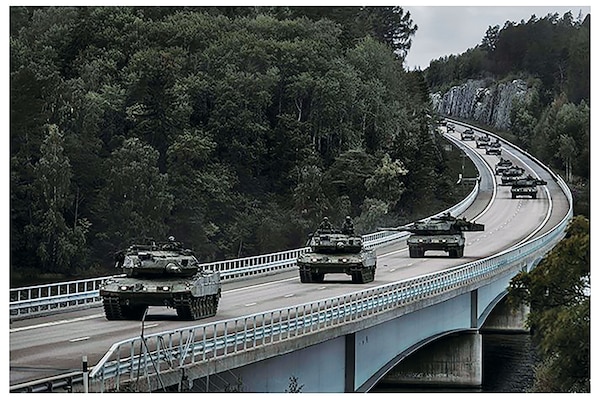
Though Great Power Competition (or GPC) dominates the current national security discourse, the United States is a global power with global interests. In addition to GPC, PRISM V.9,N.1 offers insight on the future of NATO, on U.S. engagement in Africa, and on emerging technology domains of competition such as quantum computing, 5G technology, and influence operations. Read American and South East Asian perspectives on competition with China, as well as Huawei’s rejoinder to "The Worst Possible Day: U.S. Telecommunications and Huawei," from PRISM V.8,N.3.
What are the origins of Russian conduct? Has Russian domestic and foreign policy predominantly been the result of misguided U.S. and European actions? Would the Kremlin have behaved differently if these policies had been more accommodating to Russia as a separate but equal partner in European integration?
China is pursuing what its leaders call a “first-mover advantage” in artificial intelligence (AI), facilitated by a state-backed plan to achieve breakthroughs by modeling human cognition. While not unique to China, the research warrants concern since it raises the bar on AI safety, leverages ongoing U.S. research, and exposes U.S. deficiencies in tracking foreign technological threats. The article begins with a review of the statutory basis for China’s AI-brain program, examines related scholarship, and analyzes the supporting science.
This article discusses China’s strategy for achieving its global ambitions and how it is driven as much by bankers and bribes as bombs and bullets. It looks into how the Chinese Communist Party (CCP) continues to take every step imaginable to appropriate dual-use technologies—those with both civil and military applications—from the United States and its allies, while attracting billions of dollars in Western capital used to finance a modernization program for the People’s Liberation Army (PLA).
Amir Husain writes in this article about AI’s role on the battlefield and if we are to remain competitive, an aggressive, fast-track effort to incorporate AI into existing and new platforms must be adopted. In the age of hyperwar, our willingness to embrace commercial innovation, our decisiveness in acknowledging that we live in a post-platform era, and most importantly, the speed with which we operationalize new investments, will be the attributes that lead to victory.
Countering Aggression in the Gray Zone
In recent years, much has been written and said about conflict in the so-called “gray zone,” often described as conflict below the threshold of combat. Gray zone aggression is an attractive option for Western rivals because it exploits the openness of Western societies. The fact that Western countries are characterized by small governments with limited powers to dictate the activities of their populations and businesses makes these countries even more attractive targets for non-kinetic aggression, ranging from hostile business activities to cyber-attacks, to kidnappings, assassinations, and even occupation by unofficial militias aligned with foreign powers.
The New Geopolitics of Human Rights
In the United States’ effort to outcompete China, Russia, and other rivals, its ideas are likely to play a defining role in determining the strength of alliances and the vulnerability of foes. The more its ideas have an inherent appeal based on their universality—transcending culture and context—the more likely the United States will be able to leverage them to forge a coalition that can withstand geopolitical threats and apply pressure for reform in places like China.
Rebuilding Total Defense in a Globalized Deregulated Economy The Case of Sweden
During the Cold War, Sweden had one of the most comprehensive total defense systems in the world, only to dismantle it following the collapse of the Warsaw Pact. This article gives a background on Sweden’s decision to reestablish total defense, highlights some of the shortcomings in national preparedness laid bare by the early phase of the COVID-19 pandemic, lists a number of inherent challenges in creating a new total defense structure, and proposes some solutions to addressing these challenges.
Project Governance for Defense Applications of Artificial Intelligence
The recent Department of Defense (DOD) Artificial Intelligence (AI) strategy calls for the Joint Artificial Intelligence Center (JAIC) to take the lead in “AI ethics and safety.” This article provides recommendations for implementing project governance controls based on an ethical framework while providing tailorable solutions to tightly control those projects with high ethical risk and speeding the implementation of those with low risk. In this way, a tiered approach to project governance will allow the Department to more closely balance the ethical challenges with the need for efficiency in the development of this technology.
Modern Electromagnetic Spectrum Battlefield
As defined in the Joint Doctrine Note 3-16, the electromagnetic spectrum (EMS) is “the range of all frequencies of electromagnetic radiation. The electromagnetic radiation consists of oscillating electric and magnetic fields characterized by frequency and wavelength.” This radiation has fascinating properties: it can be visible or invisible, move at speeds approaching that of light, cross certain obstacles or, on the contrary, bounce off them (thus indicating their presence), transport energy or data.
Pride of Place: Reconceptualizing Disinformation as the United States’ Greatest National Security Challenge
In the contested information environment, both domestic and foreign actors use mis- and disinformation for malign and malicious purposes and, if left unchecked, the information environment presents adversaries with an attack surface that conventional national security measures fail to secure. Ultimately, the speed and scale at which mis- and disinformation penetrate and disrupt civil society is America’s most urgent national security challenge.
This year (2021) the counterterrorism campaign that started out as the Global War on Terrorism is 20 years old. It has not ended, but with the death of Osama bin Ladin in 2011, the operational neutralization of the al-Qaeda core in Afghanistan and Pakistan, and the U.S. withdrawal from Afghanistan, it has moved on to other battle- fronts. It is time for a long-term retrospective and reckoning for the counterterrorism fight. The two volumes reviewed here are the start of that process.









No comments:
Post a Comment